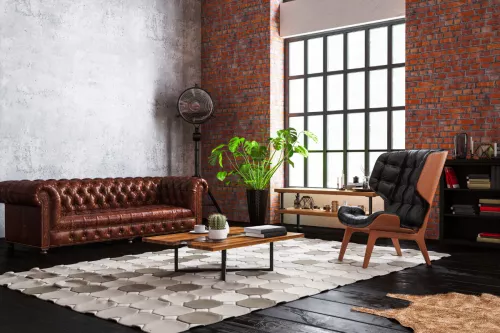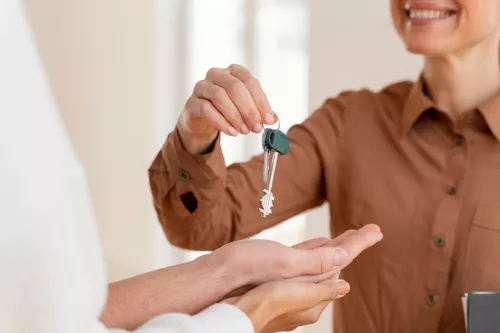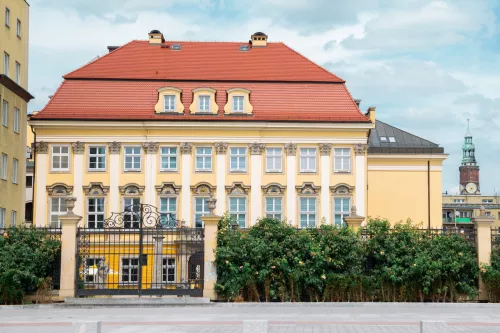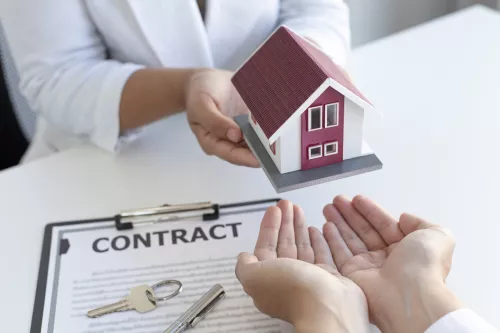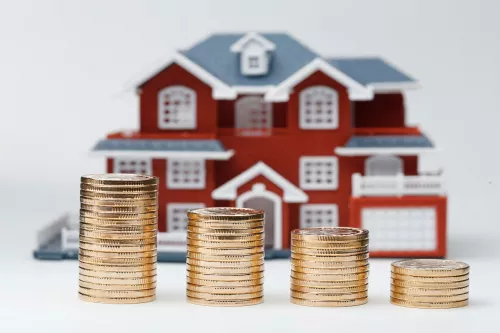Welcome to our exploration of adobe houses, where rustic charm meets resilience and sustainability. Adobe houses, known for their distinctive earthen composition, have stood the test of time, symbolizing a deep connection with traditional building methods that embrace environmental harmony.
These unique homes, crafted from a natural blend of mud and organic materials like straw, are not just structures; they are a testament to a way of life that prioritizes sustainability and eco-friendliness.
Here, we will dive into the world of adobe homes, we'll journey through their rich history, which stretches back to the indigenous Pueblo tribes of the southwestern United States.
These communities were the pioneers of adobe construction, ingeniously using what the land offered—soil, dried vegetation, and water—to create the building blocks of their homes. This mixture, shaped into bricks and sun-dried, became the foundation of the remarkable dwellings we admire today.
What is an Adobe House?
Fundamentally, "adobe" refers to the construction technique used in building Pueblo-style dwellings, rather than the architectural design itself. Adobe consists of dried mud bricks, which are traditionally crafted by compressing a mixture of sand, clay, and straw (or grass) with water, and then allowing it to dry under the sun.
This construction material is deeply ingrained in the history of arid regions, including the indigenous Southwest of the United States and the Middle East. While the traditional process for producing adobe bricks involved extended drying periods in the sun, contemporary alternatives designed to replicate adobe's aesthetic and functionality are often dried in kilns and strengthened with additives like asphalt, lime, or cement to enhance their durability and water resistance.
History of Adobe Homes
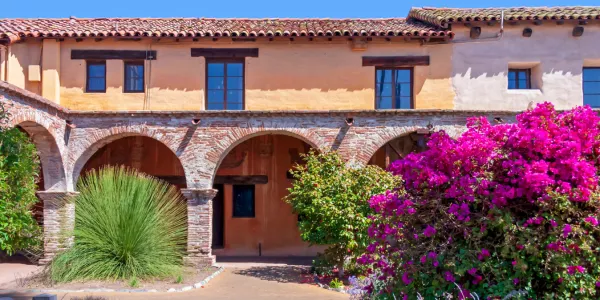
The use of adobe in construction dates back to ancient civilizations (8300 BC), including the Mesopotamians, Egyptians, and various indigenous peoples of the Americas. This building style, suited for dry climates, uses a mixture of sand, straw, and clay, offering a sustainable alternative in areas sparse in wood.
The technique was refined over millennia, influencing architectural styles from the Pueblos of the American Southwest to the kasbahs of North Africa. Notably, the Taos Pueblo in New Mexico, a UNESCO World Heritage Site, showcases iconic adobe structures.
Often referred to as "Pueblo homes," these traditional adobe designs are especially common in New Mexico cities like Albuquerque and Santa Fe, where building codes help preserve the adobe style's historic essence. Adobe homes are also found in other hot or dry locations such as California, Arizona, and Florida.
Key Features of an Adobe-Style Home
While the unique earthen materials stand out in adobe-style homes, their design also includes several distinctive features of the Southwestern aesthetic.
A notable aspect is the flat, rounded-edge roofs equipped with channels for rainwater management. These homes often showcase parapets and rooftop gardens, with multi-story buildings presenting a staggered design that echoes the natural, rocky landscape.
The architecture incorporates deep-set windows and built-in wall benches, enhancing the seamless, integrated look of the structures. Rounded contours are a theme throughout, appearing on walls, doorways, and even fireplaces, with many homes sporting corner beehive fireplaces.
Adobe homes are designed to merge indoor and outdoor living, featuring expansive covered porches and courtyards that offer shaded, cool spaces for outdoor enjoyment, away from the harsh sun.
The connection to the environment extends to the color scheme and decor, where warm, natural hues like oranges, reds, yellows, browns, and pinks dominate, reflecting the earthy essence of adobe-style living.
How Much is an Adobe House?
The expense of constructing an adobe house by an owner-builder typically falls between $55 and $85 per square foot, influenced by the specific features chosen. Opting for a contractor to undertake the project will lead to a higher cost. This contrasts with the price range of $100 to $250 per square foot associated with traditional concrete construction methods.
The overall cost of building an adobe home, however, can vary significantly depending on factors such as location, size, and personalized features. While the initial investment in an adobe home may be on par with or exceed that of conventional construction, largely due to the labor-intensive nature of crafting and installing adobe bricks, the superior natural insulation of adobe can lead to considerable energy savings over time, potentially mitigating the upfront expenses.
What are Adobe Houses Good For?
Adobe houses are ideal for warm and arid environments, boasting distinctive features that contribute to their sustainability. Their robust walls shield the interior from harsh conditions, like the intense climates found in the Southwest. These walls capture heat throughout the day and help maintain a cooler interior atmosphere.
Adobe houses excel in several areas:
Sustainability
Made from natural, often locally sourced materials, adobe is eco-friendly and biodegradable.
Energy Efficiency
The thermal mass of adobe walls reduces the need for artificial heating and cooling.
Durability
When maintained properly, adobe structures can last for centuries.
Aesthetic Appeal
Adobe offers a timeless beauty that blends seamlessly with natural landscapes.
How to Style an Adobe Style House
Styling an adobe house involves embracing its rustic elegance and connection to nature. Begin by combining cherished finishes like vintage wood, raw brass, and aged leather with a cozy color scheme featuring hues of orange, red, cream, and yellow to add character.
Adobe homes celebrate heritage and tradition, so aim for a lived-in look rather than anything overly modern or stark. Embrace vintage finds for your decor, selecting pieces with a Southwestern touch to complement your home's style. Incorporating genuine quilts, faux-hide rugs, and dried desert plants can effectively capture the essence of adobe living.
People also ask
Are adobe houses only found in certain parts of the world?
While more common in arid regions like the American Southwest, North Africa, and parts of the Middle East, adobe construction can be adapted to various climates with appropriate weatherproofing techniques.
How are adobe houses maintained?
Maintenance typically involves regular inspection of the plaster coating and repairs to any cracks to prevent water infiltration.
Can modern amenities be integrated into adobe houses?
Absolutely. Adobe houses can be equipped with modern conveniences and technologies, including solar panels and energy-efficient appliances, without compromising their traditional charm.
Are adobe houses safe in earthquakes?
While traditional adobe can be susceptible to seismic activity, modern adobe construction often includes reinforcements, such as bamboo or steel, to improve earthquake resilience.
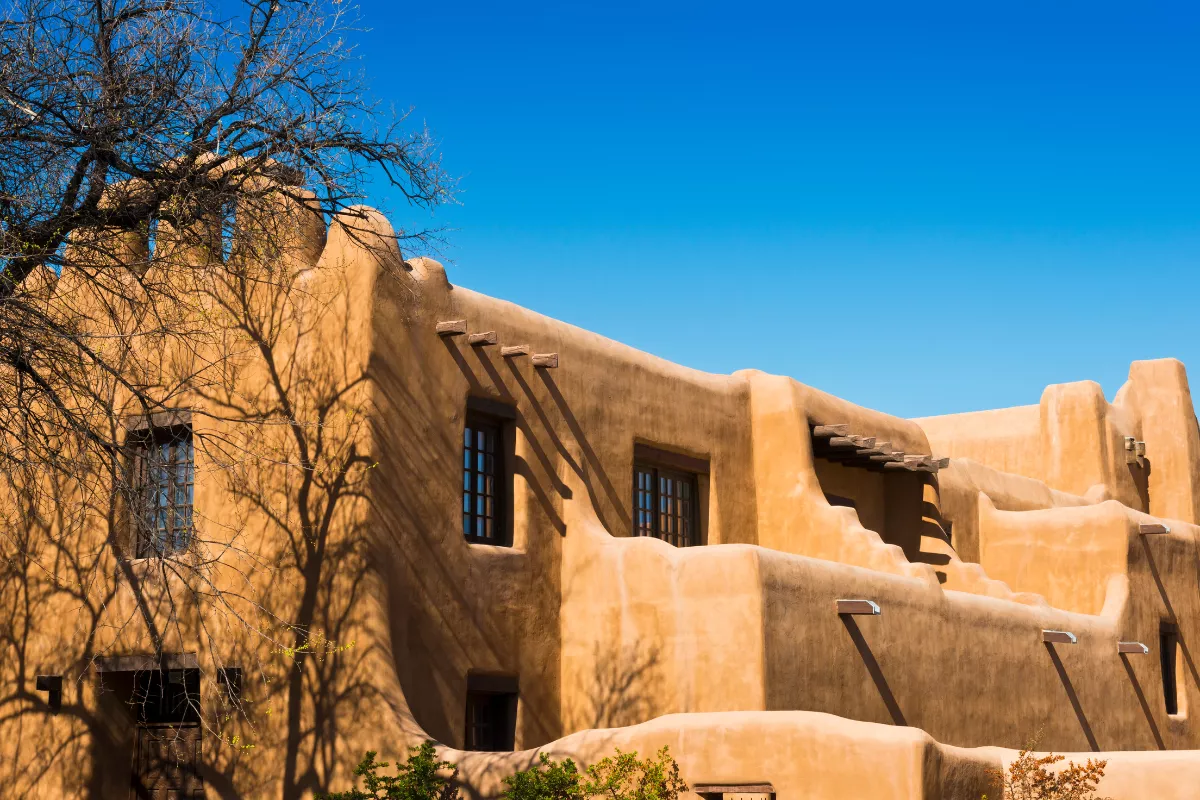
 Marcio Vasconcelos
Marcio Vasconcelos
